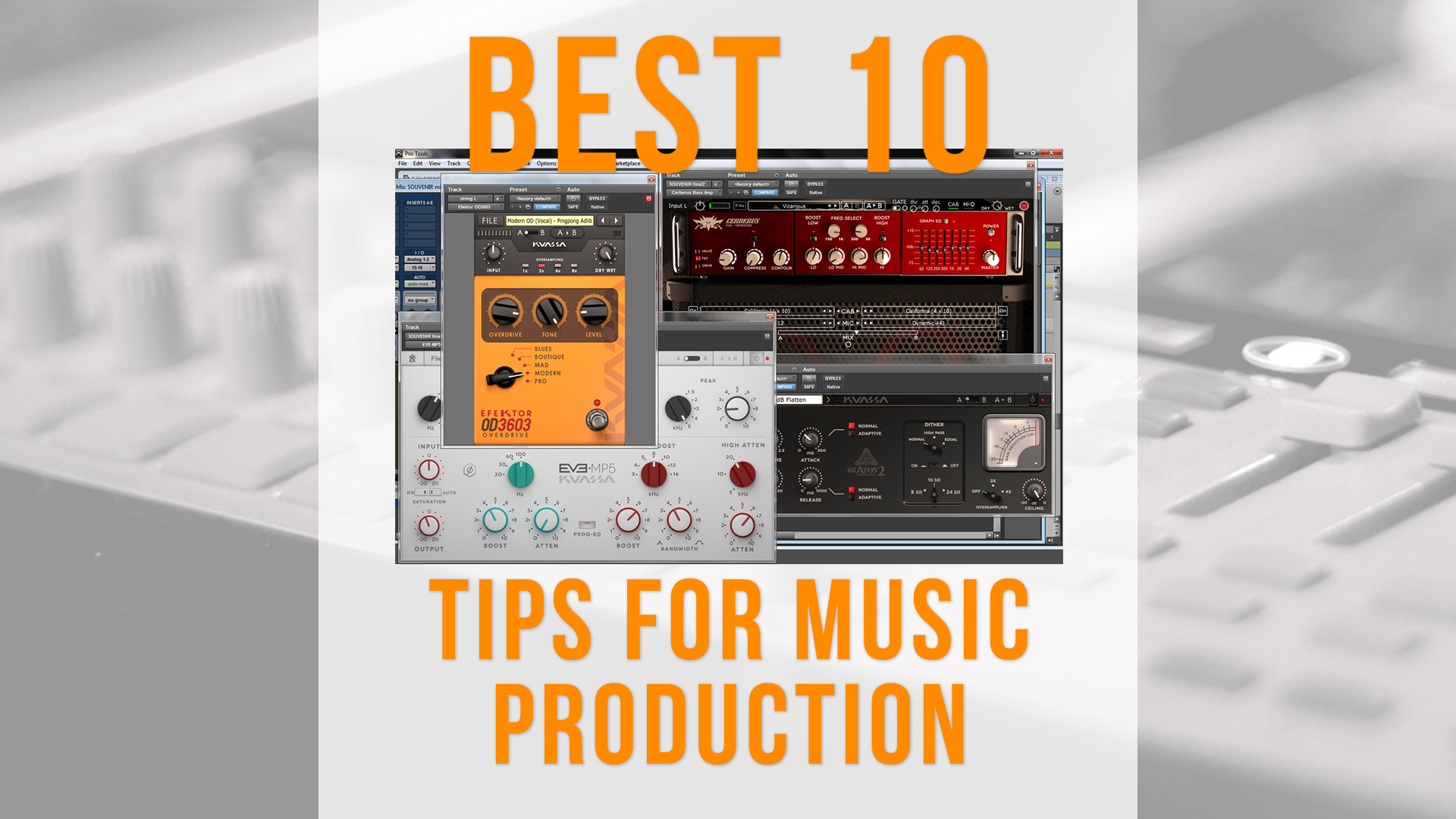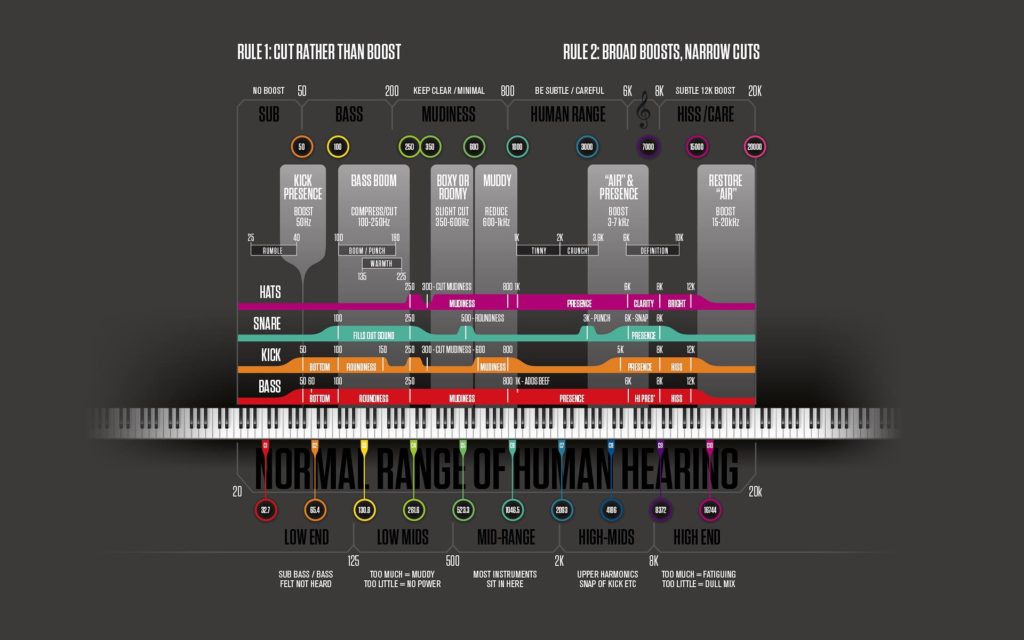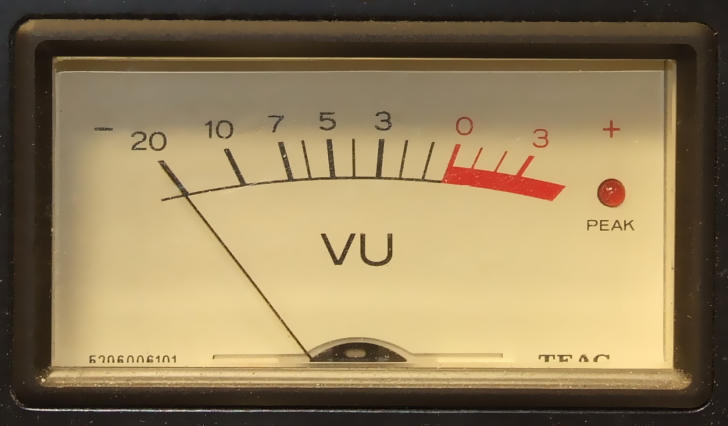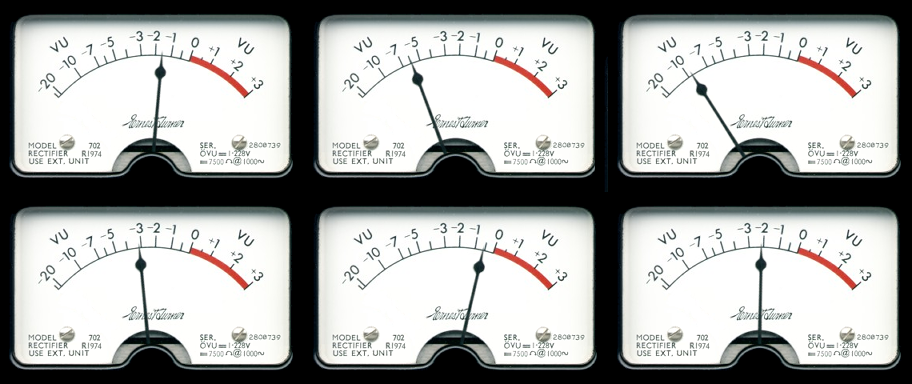Musicians, Producers, Engineers, DAW junkies… here’s some tips for your music production which will helps in some dire situations. We guarantee you that these music production tips are among the best you can find for free from the internet 😀
- Get it right from the first time.
When recording, do not ever think to ‘fix it during mixing’. If you couldn’t get the sound to about 80-90% to the sound you wanted, you’d better start over. Record like there’s no mixing. Mix like there will be no mastering!
- Learn instruments frequency ranges
Each instrument has a specific frequency range with particular timbre and resonance point. Familiarize yourself with the frequency of every instrument so you can get the idea where to put and share it across the frequency spectrum. Learn which frequency makes a certain instrument sounds good, dull, forward, and everything else. Someone anonymous made this image below and it’s spread all over the internet while will be really helpful for a quick check, or even a desktop wallpaper.
- Learn your arsenal of tools.
You gears are only tools that will make your work either easier or more difficult. Expensive or professional level gears might help you to get what you wanted faster, but remember: It’s not about the gear but what you do with it!
- Take references
Listen to other artist’s mix on your monitoring environment. If you were working for a client, ask them for the reference. Most of the time, mixing without reference is like driving around without any destination. Load the reference track on your session and pay attention to all elements in the mix. The EQ curve, compression, reverb mix, brightness/dullness, punch, etc. It’s like a moodboard, but for audio 😉
- Use a loudness meter
Avoid meddling too much with your Master fader or monitor controller’s volume. Find a VU meter or LUFS meter plugin, set its nominal level to -18 db and you’re ready to go. Now start mixing and keep your mix level around 0 db on the VU meter or -18 db on LUFS meter. With a calibrated level, your mix will be more even in loudness and it should be easier to compare with your reference track (bring its level down to the reference level).
- Try the ‘reverse mix’ method
If you felt that a track or instrument is not loud enough in the mix and you have an urge to turn it up, try to think otherwise. Maybe something else is too loud related to that track? Or perhaps everything else is too loud? try mixing backwards starting from the master fader rather than the fundamentals (vocal first or kick+bass first)
<ƎƧЯƎVƎЯ>
- Check your mix on different loudness level
Everyone likes to listen to loud music. It’s exciting. But does it still exciting when listened in low volume? It has to! You need to keep the excitement stays on every level. Keep the key elements in your mix clearly audible even in minimum level.
- Check your mix in mono
Many playback devices are in mono. Examining your mix in mono is a great way to ensure you’re making a balanced and clear mix. It’s also easier to check instruments’ separation and phase problem in mono.
- Listen on different playback environment or devices
There are times where it’s getting too comfortable to listen to your mix in your studio environment. It’s time to take your mix outside. Listen to your mix on different devices and environment. Listen on your car stereo, laptop, earbuds, anything. Take notes of the differences and adjust it again back in the studio. This is also good for those who mix in less than ideal studio environment.
- Trust your ears
Yes, there are spectrum analyzers, meters, and many other visual diagnostic tools that can help you. There are also many tips and tricks on the Internet that you can follow step by step (like this one). But still, the most important thing is how it sounds. Don’t trust everything you see and read. If it sounds good, then it’s good!
Get updates and tips like these on our instagram







